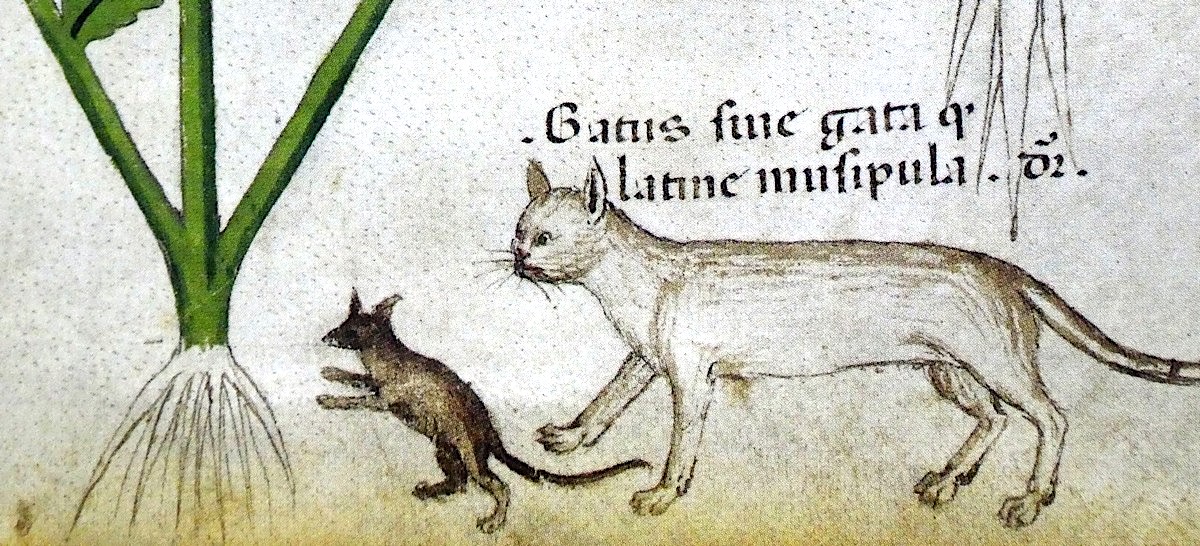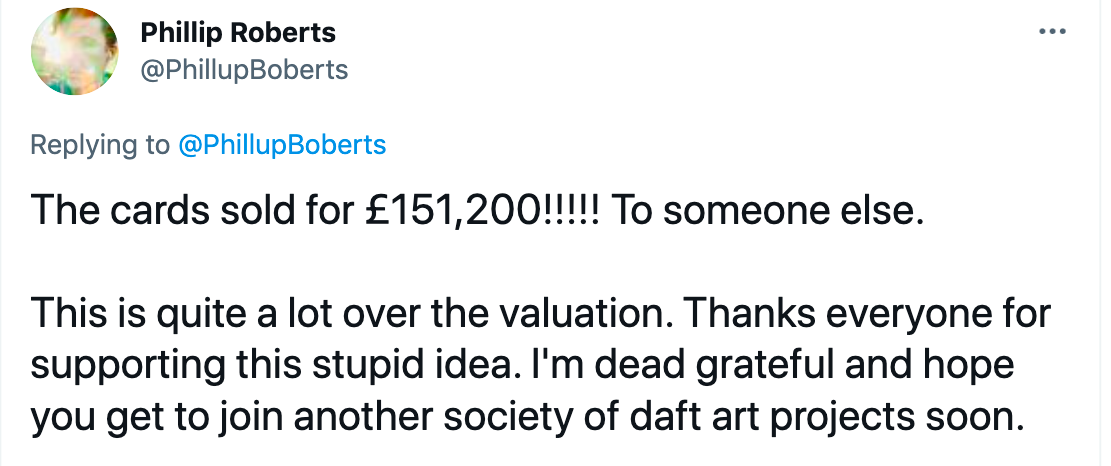The Greek term ekphrasis sounds rather exotic if you seldom come across it, but it refers to an act in which we’ve all engaged at one time or another: that is, describing a work of art. The best ekphrases make that description as vivid as possible, to the point where it becomes a work of art in itself. The English language offers no better-known example of ekphrastic poetry than John Keats’ “Ode on a Grecian Urn,” from 1819, which pulls off the neat trick of taking both its subject and its genre from the same ancient culture — among other virtues, of course, several of which are explained by Evan Puschak, better known as the Nerdwriter, in his new video above, “How John Keats Writes a Poem.”
Puschak calls “Ode on a Grecian Urn” “arguably the best poem from arguably the best romantic poet,” then launches into a line-by-line exegesis, identifying the techniques Keats employs in its construction. “The speaker craves the ideal, everlasting love depicted on and symbolized by the urn,” he says. “But the way he expresses himself — well, it’s almost embarrassing, even hysterical, feverish.”
Keats uses compulsive-sounding repetition of words like happy and forever to “communicate something about the speaker that runs counter to his words. It reminds me of those times when you hear someone insist on how happy they are, but you know they’re just trying to will that fact into existence by speaking it.”
In the course of the poem, “the speaker begins to doubt his own cravings for the permanence of art. Is it really as perfect as he imagines?” Throughout, “he’s looked to the urn, to art, to assuage his despair about life,” a task to which it finally proves not quite equal. “In life, things change and fade, but they’re real. In art, things may be eternal, but they’re lifeless.” The famous final lines of “Ode on a Grecian Urn” arrive at the conclusion that “beauty is truth, truth beauty,” and how literal an interpretation to grant it remains a matter of debate. It may not really be all we know on Earth, nor even all we need to know, but the fact that we’re still arguing about it two centuries later speaks to the power of art — as well as art about art.
Related content:
Watch Art on Ancient Greek Vases Come to Life with 21st Century Animation
F. Scott Fitzgerald Reads Shakespeare’s Othello and Keats’ “Ode to a Nightingale” (1940)
Learn to Write Through a Video Game Inspired by the Romantic Poets: Shelley, Byron, Keats
How Ancient Greek Statues Really Looked: Research Reveals Their Bold, Bright Colors and Patterns
Based in Seoul, Colin Marshall writes and broadcasts on cities, language, and culture. His projects include the Substack newsletter Books on Cities, the book The Stateless City: a Walk through 21st-Century Los Angeles and the video series The City in Cinema. Follow him on Twitter at @colinmarshall or on Facebook.






